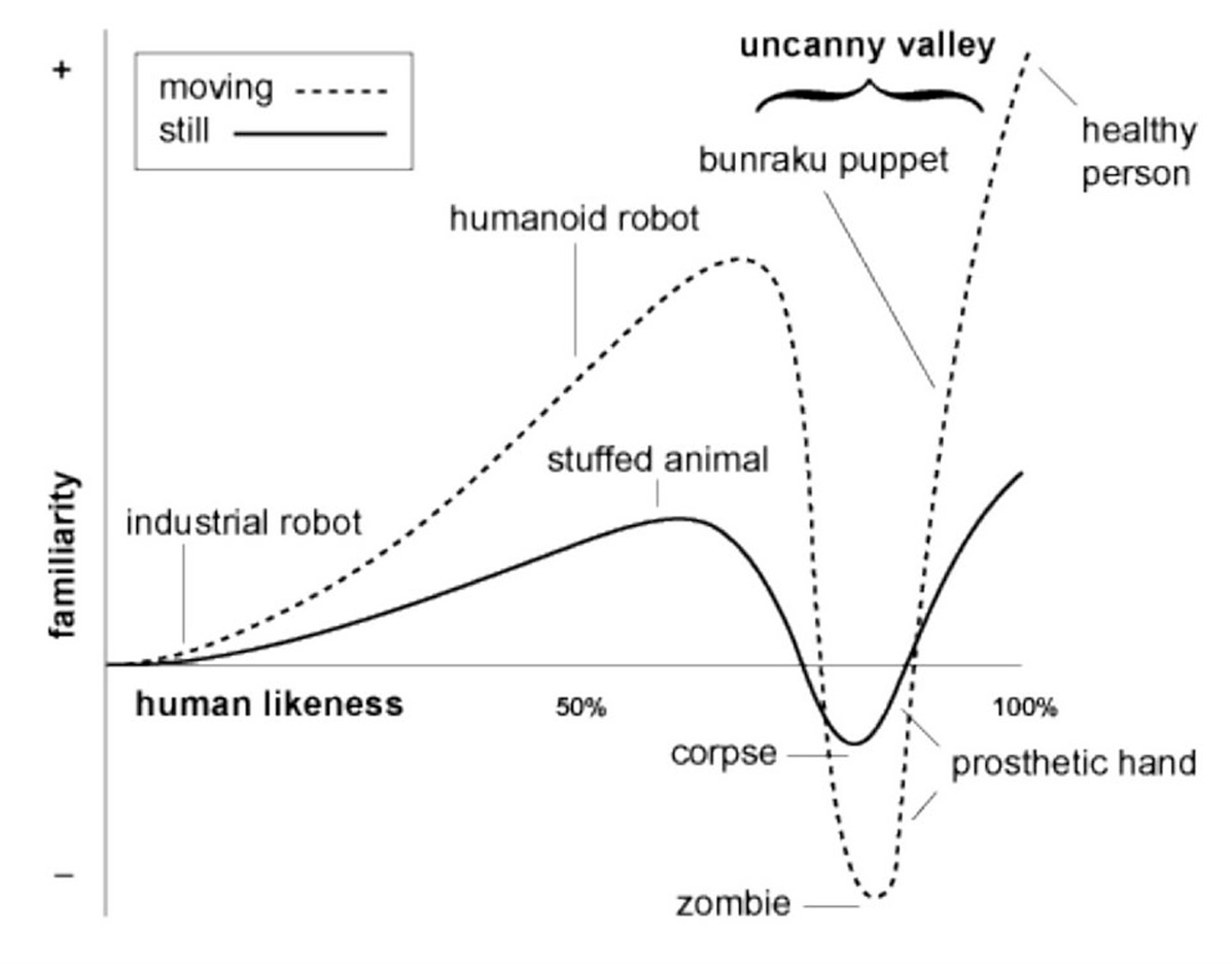“Mapping out the Uncanny Valley: a multidisciplinary approach” by Schneider
Conference:
Type(s):
Title:
- Mapping out the Uncanny Valley: a multidisciplinary approach
Presenter(s)/Author(s):
Abstract:
This presentation will detail the results of two studies done for the purpose of investigating the Uncanny Valley in virtual character modeling, and present the results in the context of research from other disciplines. The emphasis of the presentation will be on translating the results to provide information for character designers and modelers. Media critics including The New York Times, Wired Magazine, and ESPN have mentioned Dr. Masahiro Mori’s theory of the Uncanny Valley in reviews of film and video games. The concept involves the negative reaction some people experience when seeing real world robots or virtual 3-d models of humans that are intended to be very realistic. This increasingly common concept comes from robotics, and most direct investigation of the theory has been done with robots, not virtual characters. The original Uncanny Valley paper presented a theorized relationship between familiarity and human appearance. Mori’s original 1970 paper begins with the idea that the relationship between how human a robot looks and how positively people will regard its appearance is a positive one. The main concept is that this positive relationship temporarily turns extremely negative for robots that look very human but aren’t totally so. The two studies at the center of this submission were designed to investigate the design of virtual agents for the screen, and provide information for character designers. The first asked sixty research subjects to evaluate seventy five video game and animation characters, including humans, robots, anthropomorphized animals and others. The initial findings of this first study were presented at SIGGRAPH’s Sandbox Symposium in 2007, a more detailed contextual analysis will be presented here. The second study looked at a more specific group of characters, the humanoid characters of Second Life. While the first study gave details about the relationship between human appearance and attraction in a wide range of characters, the second provides more specific information on the design of human characters. Data analysis from these studies provided a fountain of information that would be of use to any character modeler. The first study using a wider range of characters showed a clear relationship between subjects’ opinion on human-like appearance and attraction. The relationship found was more complex than the one from the original Mori paper, but supported the Valley idea. The data from the second study also was found to be supportive of the concept, and analysis provided insight into how character gender, use of texture, level of facial detail, and other design decisions influenced the relationship. Research on virtual character design will be used to provide a third perspective on the Uncanny Valley. Human reaction to virtual agents has been explored in areas such as psychology, computer science, telecommunications, and instructional technology. The most relevant studies from these areas will be used to put the studies’ results in context for designers.
References:
1. Hruby, P. 2006. Reality Bites. Page 2 column, ESPN.com.
2. Mori, M. 1970. The Uncanny Valley. Energy, 7(4), 33–35
3. Mori, M. 2005. On the Uncanny Valley. Proceedings of the Humanoids-2005 workshop: Views of the Uncanny Valley.
4. Thompson, C. 2005. Monsters of Photorealism, Wired.com.
5. Vinayagamoorthy, V., Brogni, A., Gillies, M., Slater, and M., Steed, A. 2004. An Investigation of Presence Response across Variations in Visual Realism. Proceedings of Presence 2004, 7th International Conference on Presence. 121–128
6. Marantz Henig, R. 2007. The Real Transformers. New York Times Magazine.
7. Weschler, L. 2002. Why Is This Man Smiling? Wired Magazine, 10.06, 16–17.





